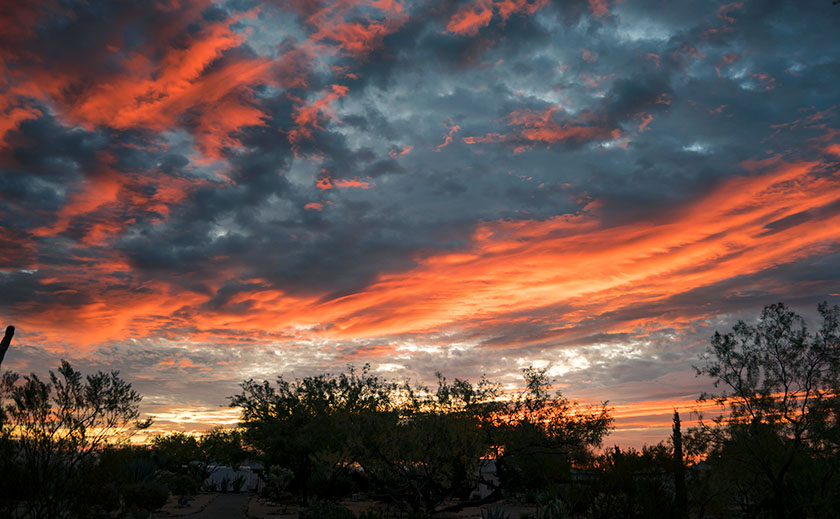Shortly after moving to Congress, I joined the Wickenburg Art Club (WAC) or more specifically, the Photo Group of WAC. I joined for multiple reasons. Being new to the area, I wanted to meet like-minded people and I felt that being a club member would open doors to show my work. Joining met both of my expectations, but now there’s a price to pay. When you tap into the benefits of any organization, you’re also expected to contribute and, in my case, I’ve been “volunteered” as a committee member whose mission is to organize a half-dozen photography seminar. The goal is to share our experiences with members looking for help. They’re essentially photography classes taught by journeymen.

I spent a small part of my technology career as an adjunct faculty member teaching community college computer classes; including Adobe’s Photoshop. In a structured education system like that, students start with a history lesson where they’re taught about Atget, Stieglitz, Weston, et al. but we’re going to blow that off. Instead, I think we should start with a fundamental that transcends all cameras. It’s a skill that every photographer struggles with and few (including myself) ever truly master—the skill of seeing. It’s not a binary thing where you either got it or you don’t, but a continuum. We’re all somewhere on that spectrum and some of us sweat to improve.
At art shows, an occasional customer will comment while rifling through my bins, “Wow! You must have a fabulous camera.” Although I assume that they appreciate my work, it could be construed as an insult. It’s like saying Alton Brown is a great chef because of his pots and pans, or Renoir had magnificent brushes (not that I put myself at that level). The fact is that I do have a couple of good camera systems, but they’re just tools. On their own, they won’t make me a master photographer.
A camera is a key tool in photography, but you can make good pictures without spending a fortune on fancy cameras. For example, look at the fabulous work being done with smartphones. To be a good (on the way to great) photographer, there is an app that’s even more important than a camera. It weighs about three pounds and you need to lug it around all the time. I know it sounds cumbersome, but you already do. The app lives at the back of your eyes between your ears—it’s your brain. OK, maybe that’s the hardware part which is a state-of-the-art processor. My point is that you need to train yourself to see like a photographer. It takes practice, but like they say about Carnegie Hall, “Take the subway.”
For these seminars, I’ve gathered some thoughts on how to start your journey. There are too many for a venue like this blog, it’s more suited for a book, and I’m too lazy to write one of those. In my upcoming posts, I’m going to take each idea in turn and write about it. That way you can take a break in between and think or practice what we’ve discussed—in the grown-up world they call that method distributed learning. After that, I’ll get into camera techniques and explain what the buttons do—and why. Instead of a lecture, I’d like a discussion knowing that some of you are more advanced on these topics, so I ask you to chime in. Ready or not …
Till then … jw
